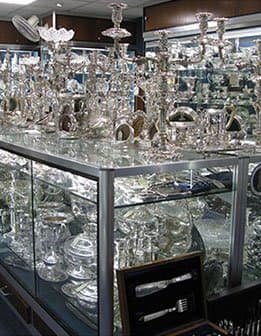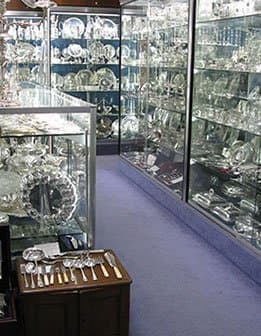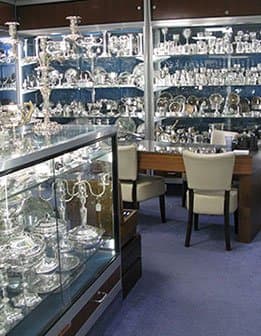I am sometimes asked why so little silver survives before the middle of the seventeenth century. Was it because little was made? Was it not fashionable? The answer to the question is not totally straightforward as there are a multitude of factors that come together to provide the answers.
To set the scene it is worth investigating a little bit of the history of England in say the late 15th century to early 16th centuries. The population of England today is somewhere around 56 million people but in 1500 it was marginally less than 3 million. The demographic of this small population would have been somewhat different as todays with a lot of very poor people and the nation’s wealth in the hands of a wealthy elite. The middle class of today was broadly non-existent. Other considerations would be the demand for silver articles and the cost of silver both in terms of the raw material and the workmanship.
As mentioned in previous blogs the cost of workmanship was relatively low as compared to today. But what of the price of silver? It is at this point that most people would be somewhat shocked. The cost of silver in 1477 for example was (rebased into 2022 US dollars) approximately 1400 dollars per ounce (more than £1000 pounds per ounce. When one sees that today it trades at just over 22 dollars per ounce (£16.50) it is obvious how valuable the metal was – and renders the claim by financial professionals that bullion has given great protection against fiat money and inflation as nonsense. Even when The Potosi silver mines (Bolivia)opened in The New World in 1545 the silver price remained in the 3-400 hundred US dollar range (£ 230-300 pounds) well into the seventeenth century.
So how much silver was made and where has it all gone? When one looks at sixteenth century inventories one can see the wealthy had a broad range of objects. It is amazing today when looking at them that for example such obvious items as candlesticks are mentioned. Today I know of no sixteenth century candlesticks that exist and have only ever bought and sold two pairs of Charles II candlesticks (c 1670) in forty years. Having established that even a small spoon would have cost over a thousand pounds in the early 1500s it should be obvious how highly prized it was.
So where has it all gone? There are two main reasons for its disappearance. Silver was very much fashion driven a little like modern day clothing for example. When a piece of silver started to look a little old fashioned in form it would have been melted down so it could be reused and reworked into a more modern form. The other main reason was that various English Kings needed money. Henry VIII in the 1530s appropriated and destroyed an awful lot of silver with the dissolution of the monasteries and Charles I and Oliver Cromwell in the 1640s needed ready cash to pay their troops. When you add in The Fire of London and general wear and tear and loss you start to build a picture.
What is somewhat strange in my eyes is that the value of some of this very early silver is far too low in respect to its rarity. For example, a reasonably good Elizabethan seal top spoon from say 1580 can be bought for around £3000-4000 pounds. At the present time (2022) I have for sale a Mary Tudor master apostle spoon from 1555(£15,500 pounds) which is the only example of Mary Tudor silver for sale on the world market.
At this present time there is only one piece of Henry VIII (1528) for sale on the world market as well!
The answer to this conundrum is highlighted when someone wearing a Rolex watch which would cost more than the spoon enquires why a spoon is so much money. It would perhaps be wasted on him to say that this is over 450 years and the only piece of Mary Tudor silver for sale in the world (other than coins which are reasonably plentiful) and I could buy several thousand examples of his watch within the day(after all Rolex make over a million watches a year!)
Our Makers
An A to Z list of silversmiths featured on our website
About Us
If you see something in Archive that you would have liked please contact us as we might be able to source
Our Store
Our store is situated in vaults 3 and 5 on the right-hand side of the main corridor at The London Silver Vaults





